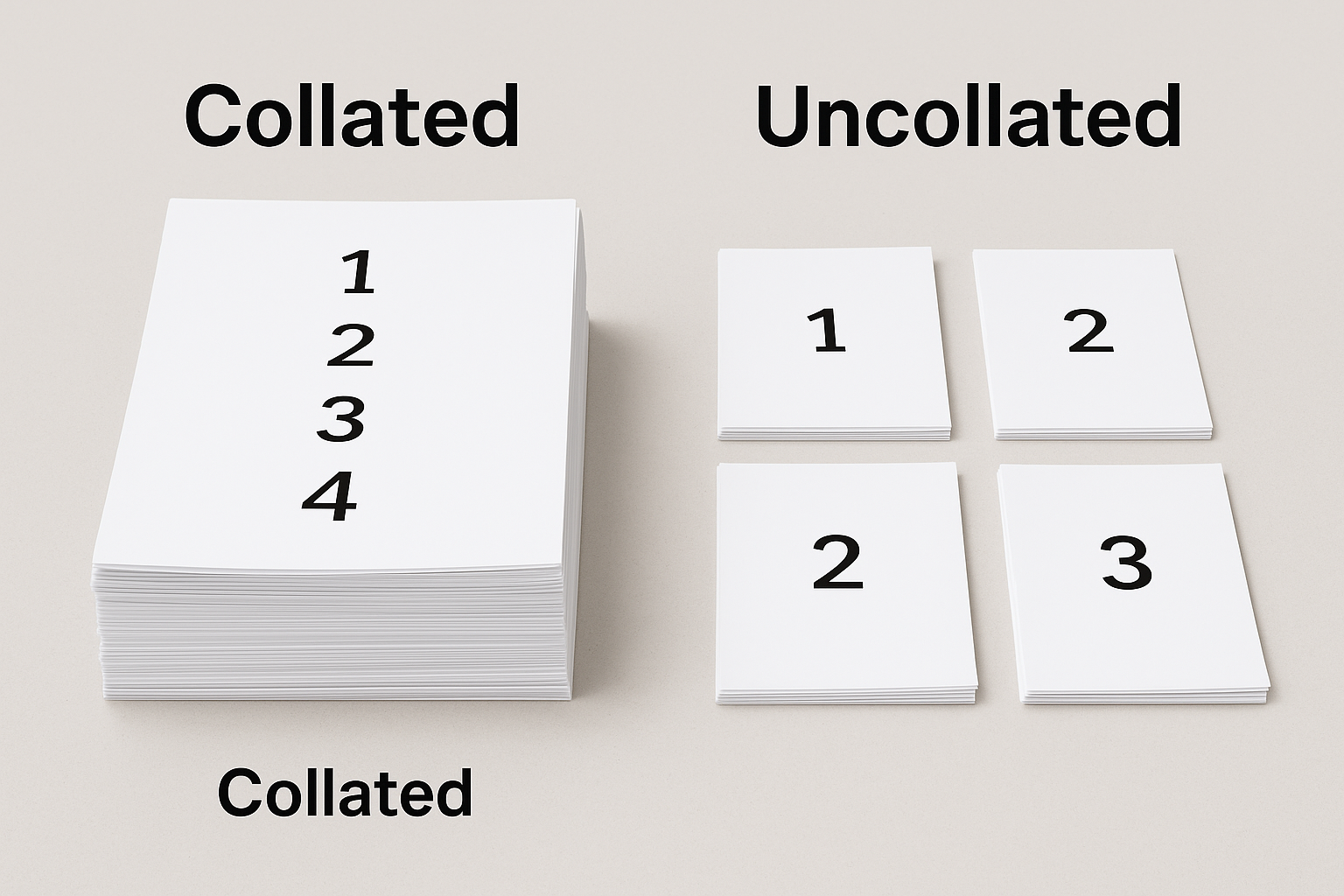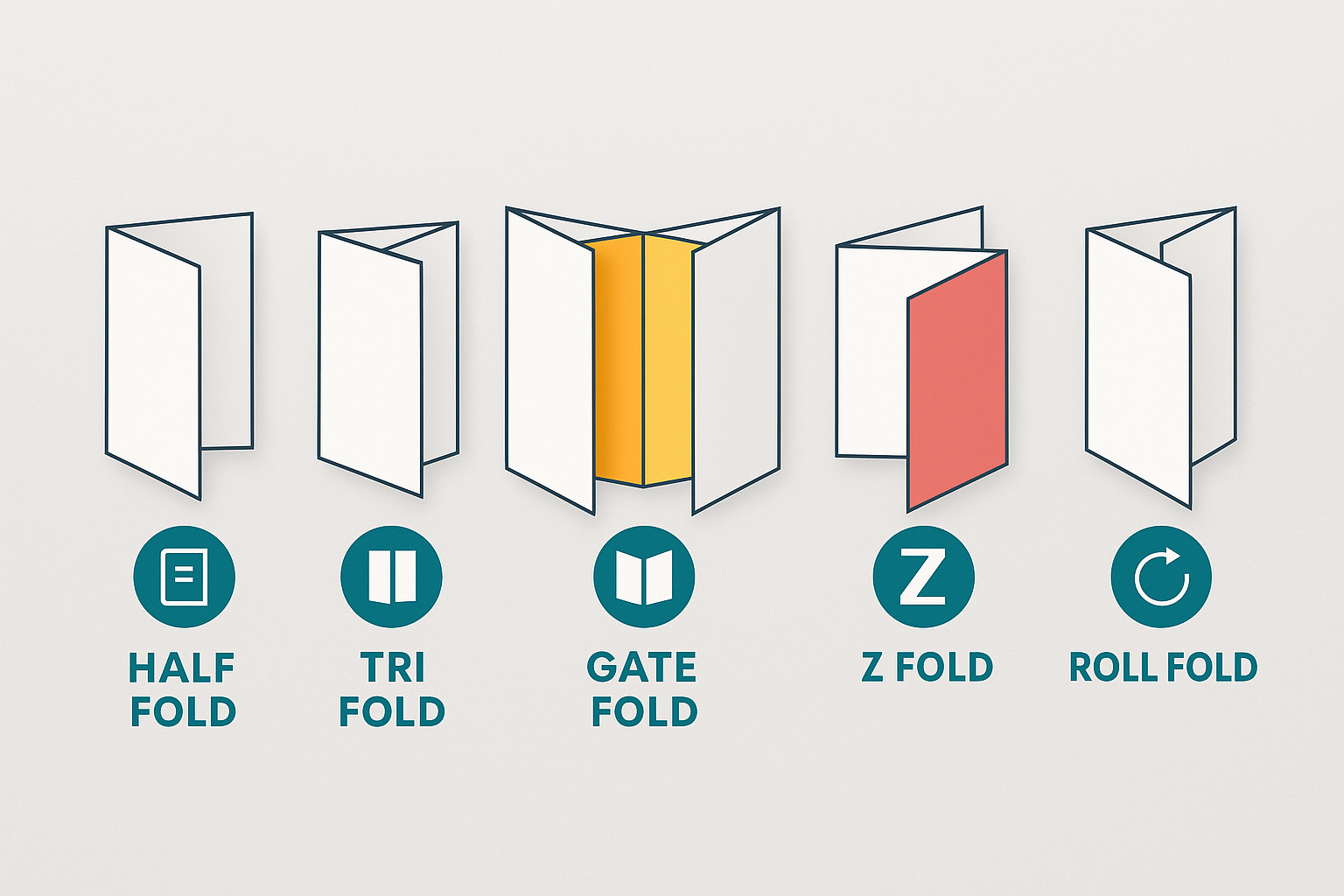What Is Bleed in Printing?
In the world of printing, achieving a perfect final product often involves understanding and applying various technical aspects, one of which is the concept of bleed. Bleed plays a crucial role in ensuring that your printed materials look professional and polished. This article explores what bleed is in printing, why it’s important, and how to properly set it up for your printing projects.
Understanding Bleed in Printing
Bleed refers to a printing technique where the design extends beyond the edge of the final cut size of a printed piece. Essentially, it’s the area to be trimmed off, ensuring that the print extends to the edge of the paper without leaving any unsightly white borders. This extra margin is typically extended around the edges of a document before it’s cut to its final size.
Why Is Bleed Important?
The importance of bleed cannot be overstated in professional printing for several reasons:
- Edge-to-Edge Printing: It allows for printing designs that have colors, images, or elements that extend right to the edge of the paper. Without bleed, slight variations in the cutting process could result in white edges.
- Professional Finish: Bleed is essential for achieving a high-quality, professional appearance. It ensures that the final product is visually appealing and free from printing errors like borders or misaligned cuts.
- Cutting Tolerance: The cutting process in printing is not always exact. Bleed compensates for these minor inaccuracies, ensuring that the design is not compromised by the cutting process.
Setting Up Bleed in Your Design
Setting up bleed correctly is crucial for achieving the desired outcome in your printed materials. Here’s how to do it:
- Determine the Bleed Size: The standard bleed size for printing is usually 1/8 inch (0.125″) on each side. However, it’s important to check with your printer as requirements may vary.
- Extend Your Design: When creating your design, ensure that any background colors, images, or graphics extend past the final cut line to the edge of the bleed area. This guarantees that there will be no white edges after trimming.
- Use Professional Design Software: Programs like Adobe InDesign, Adobe Illustrator, and Photoshop allow you to set up bleed settings within your document. Utilizing these tools can help you accurately prepare your design.
- Consult with Your Printer: Before finalizing your design, it’s a good idea to talk to your printing service to understand their specific bleed requirements and ensure that your design meets their specifications.
Conclusion
Bleed is a fundamental concept in printing that ensures your final product looks exactly as intended, with a clean, professional finish. By understanding what bleed is, why it’s important, and how to properly set it up, you can significantly enhance the quality of your printed materials. Whether you’re designing business cards, flyers, brochures, or banners, incorporating bleed into your design process is essential for achieving the best possible outcome. Partnering with a knowledgeable and experienced printer like Triboro Printing can further ensure that your projects are handled with the utmost care, guaranteeing that the bleed is correctly applied and your printed materials meet your expectations for quality and professionalism.




